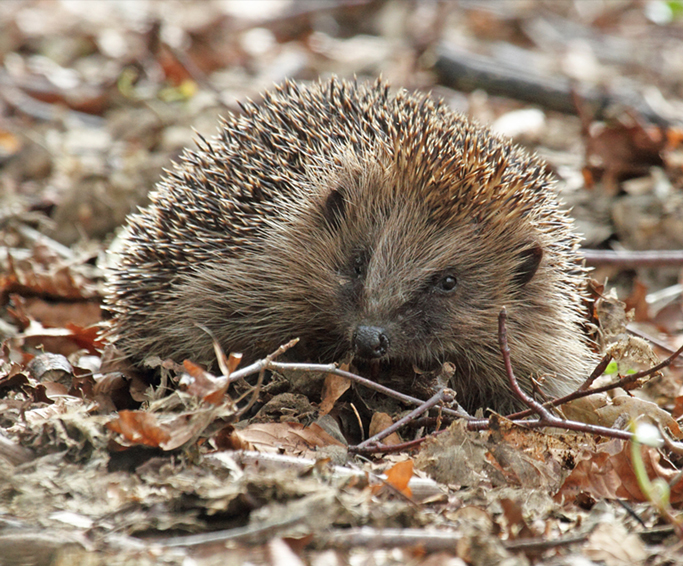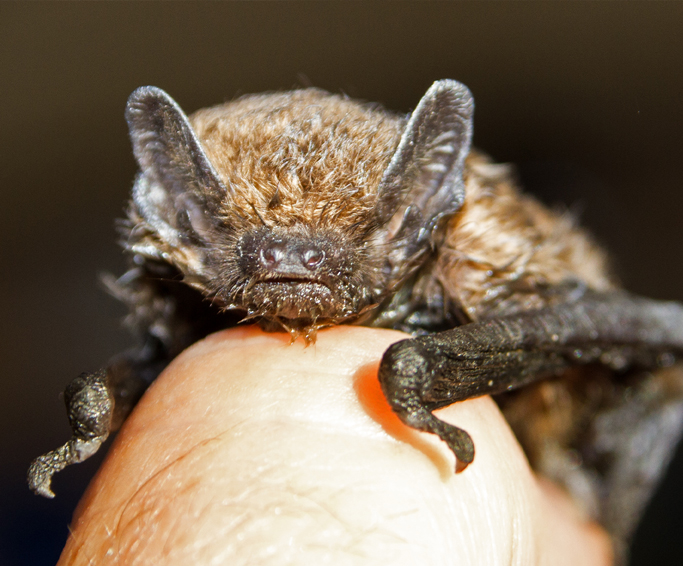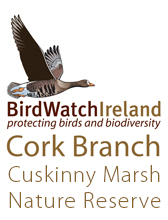



SYSTEMATIC LIST
Click a species name for more information:
Red Squirrel Sciurus vulgaris have been seen occasionally mainly during winter months (probably due to absence of foliage). In since 2006 Red Squirrels have been seen regularly in the woodlands to the west of the bay.
Wood Mouse Apodemus sylvaticus Found dead near the road on a few occasions.
Brown Rat Rattus norvegicus are common on the reserve and the surrounding countryside. Attracted to the often large amounts of bread and rubbish left by some visitors to the reserve.
Hare Lepus timidus have been recorded in the fields bordering the eastern side of the reserve.
Rabbit Oryctolagus cuniculus are found in the fields surrounding the lake and on the grounds of the houses bordering the bay.
Hedgehog Erinaceus europaeus have been found dead on the road on a few occasions.
Pygmy Shrew Sorex minutus have been heard and found dead on the reserve on a number of occasions.
Common Pipistrelle Bats Pipistrellus pipistrellus have been identified using bat detectors on the reserve during the summer months, especially around the trees at the north end of the lake.
A Pipistrelle roost of around 50 bats was recorded in the mid 1980’s in a house close to the south-western corner of the reserve (P. Smiddy, Dúchas, personal communication). The bats were subsequently excluded from at least part of the house. The same bats were recorded in another nearby house.
Soprano Pipistrelle bats Pipistrellus pygmaeus have been identified using bat detectors on the reserve during the summer months, especially especially near trees and hedges.
Leisler’s Bat Nyctalus leisleri have been identified using bat detectors on the reserve during the summer months, especially along the road and lane way.
Daubenton’s Bat Myotis daubentonii have been identified using bat detectors on the reserve during the summer months. They specialise in catching insect over and one water and so are usually seen over the lake.
Red Fox Vulpes vulpes can sometimes be seen in the fields surrounding the lake and breeding may have taken place just to the east of the reserve boundary.
Badgers Meles meleshave bred within 1km of the reserve and have been recorded on the Tay road on a few occasions.
The following information on Badgers has been supplied by Dr P. Sleeman of the Department of Zoology and Animal Ecology, University College Cork. A Badger survey of Fota Island and Great Island in 1995/96 estimated a population of 163 Badgers at a density of 8.5 per km2 (Sleeman, 1987). No Badger setts have been recorded on the reserve but three setts occur nearby. It is likely that Badgers forage in dry periods in the reserve and may well have aboveground beds there. The reserve lies on the border between two social groups and two latrine sites occur on the edge of the reserve which are used in spring and autumn to mark territories.
Stoat Mustela erminea have been seen on a few occasions on the reserve.
There have been unsubstantiated reports of American Mink Neovison vison on the Reserve but no definite proof of their occurrence
Otters Lutra lutra are seen in the lake and in the bay area annually and breeding has been suspected on more than one occasion since 1990. In December 1981 two adults and three very young kitts were seen “playing” in the lake. Otters gave been hit by cars on at least three occasions.
Otter is listed on Annex 2 of the Habitats Directive (92/43/EEC). Leisler’s Bat, Pipistrelle, Brown Long-eared Bat, Irish Hare, Badger and Otter are listed as ‘Internationally Important’ in the Red Data Book (Whilde, 1993). Badger, Leisler’s Bat, Pipistrelle, Brown Long-eared Bat, Otter, Grey Seal, Common Seal and Pilot Whale are protected under the Wildlife Act, 1976.
Grey Seal Halichoerus grypus are sometimes seem in or from the bay and pups have been seen on the bay shore on a few occasions.
Common Seal Phoca vitulina, one individual was regularly seen in the bay in the mid 1990’s, rarely seen.
Common Dolphins Delphinus delphis enter Cork harbour and we have good and bad Common Dolphin years. During good years up to 300 have been seen in the harbour from Cuskinny between Rostellan and Haulbowline.
Harbour Porpoise Phocoena phocoena have been seen occasionally from the bay.
Bottlenose Dolphins Tursiops truncatus enter the harbour occasionally and groups of up to 12 have been seen from the bay, usually in the Whitgate/Aghada area. Between 2005 and 2008 a group of up to 14 individuals have been present at the mouth of the harbour in all months and enter the inner harbour on occasions, usually hunting.
Striped Dolphin Stenella coeruleoalba: On the 29th April 2006 a Striped Dolphin live stranded on the west side of the bay and had to be put down. A necropsy showed the dolphin to be in poor condition. A second animal was found dead a few days later on the shore just to the west of the bay. Both were seen alive but in very poor condition the evening before at Whitepoint.
Killer Whale Orcinus orca: Between June and August 2001 a pod of three Killer Whales took up residence between Cuskinny Bay and the Holy Ground, sometimes within 100m of the shore, returning there regularly for the night following hunting activity in the lower harbour area. The pod comprised an adult male and female and a juvenile. From the bay they were observed breaching, spy hopping, logging, tail slapping and hunting as a group. During their stay the female died of septacaemia caused by an infected tooth. She was very old.
Long-finned Pilot Whale Globicephala melas: In 1992 the well decomposed body of a Long-finned Pilot Whale was washed ashore on the west side of the bay. The body was buried high on the strand where it was found.
Note: Otter is listed on Annex 2 of the Habitats Directive (92/43/EEC). Leisler’s Bat, Pipistrelle, Brown Long-eared Bat, Irish Hare, Badger and Otter are listed as ‘Internationally Important’ in the Red Data Book (Whilde, 1993). Badger, Leisler’s Bat, Pipistrelle, Brown Long-eared Bat, Otter, Grey Seal, Common Seal and Pilot Whale are protected under the Wildlife Act, 1976.
